Vice President Biden Kicks Off Broadband Stimulus In Pennsylvania
WATTSBURG, Penn., July 1, 2009 — Vice President Joe Biden today announced that the American Recovery and Reinvestment Act would begin receiving applications on July 14, in the first of three waves of applications.
By Tina Nguyen and Ryan Womack, Reporter-Researchers, BroadbandCensus.com
WATTSBURG, Penn., July 1, 2009 — Vice President Joe Biden today announced that the American Recovery and Reinvestment Act would begin receiving applications on July 14, in the first of three waves of applications.
Headlining the Rural Broadband Tour at Seneca High School near Erie, Penn., Biden said that making funds for the Broadband Technological Opportunities Program would be the first step in the Obama Administration’s “investment for the entire United States.”
Also appearing with Biden were newly appointed Federal Communications Commission Chairman Julius Genachowski, Secretary of Agriculture Tom Vilsack, Secretary of Commerce Gary Locke, Assistant Secretary of Commerce Larry Strickling, and Rep. Kathy Dalhkemper, D-Penn.
The group discussed the Obama administration’s goal of bringing nationwide broadband access.
Biden was jovial but “serious” as he presented incentives to the citizens of Pennsylvania in order to urge broadband in their area, saying “you can’t function [and] a nation can’t compete” without access. The Vice President said that ubiquitous access for farmers and schools is not a luxury, but that everyone “deserves it,” and furthermore that everyone “needs it.”
“This is an issue about equal opportunity,” Biden said, stressing that broadband would be a powerful tool for rural communities. “That changing world is all around us. Help us keep that promise today.”
He announced that potential grant recipients could view the Notice of Funds Availability regarding grants online today at broadbandusa.gov. Two more application periods would be set for the end of 2009 and for spring 2010, “phasing in” potential broadband projects that had not had time to prepare their applications.
Secretary Vilsack, on hand to introduce the vice president, added that the Rural Broadband Tour would host multiple workshops across the country to help people complete the application process.
“By no means will we satisfy needs,” he acknowledged in response to a question about “last mile” broadband connection, adding that BTOP had set aside $2.4 billion to address last, middle and first mile access issues. “But we do have to invest in all three categories.”
He also pointed out that private companies, though heavily invested in expanding their networks, could not particularly afford to go to rural areas.
Emphasizing the importance that broadband plays in bringing the global market to rural communities, Secretary Locke pointed out that 14 other countries have better broadband access that the United States does, a fact he called “simply unacceptable.” He vowed that the Department of Commerce would begin to “remedy this problem.”
Genachowski, in his first public appearance as FCC chairman, agreed that the United States was “lagging behind” in nearly all areas of broadband. He highlighted, however, that broadband access in public schools and libraries was far ahead of the rest of the world, thanks to the e-RATE program authorized under the Telecommunications Act of 1996. The new BTOP program, he hoped, would accomplish something similar in rural communities.
“We plan to accelerate economic growth, create jobs, spur innovation, connect small businesses, and extend the benefits of broadband to police and firefighters,” Genachowski said.
Throughout his speech, Biden repeatedly underscored the benefits and new uses for broadband, such as telemedicine, e-commerce, education, and job opportunities. Broadband would also “help maintain the character of rural communities, without having to change them,” he said.
“You need a terminal that connects and can allow people to stay in their towns, create thousands of new broadband enabled jobs.”
At the end of his remarks, Biden called on the FCC to work with the White House and the Cabinet in creating the FCC’s nation-wide broadband plan, to be completed by the February 2010.
“We have to help support huge upfront cost it takes to build into rural areas—if we don’t do it, no one will do it. The cost will not have to pass on to you,” he told the local crowd.

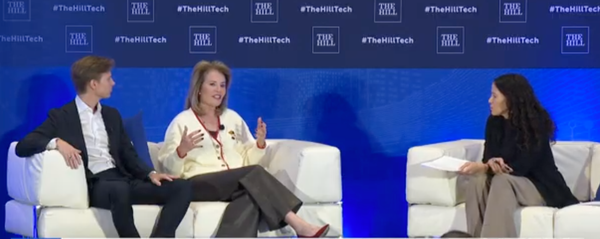

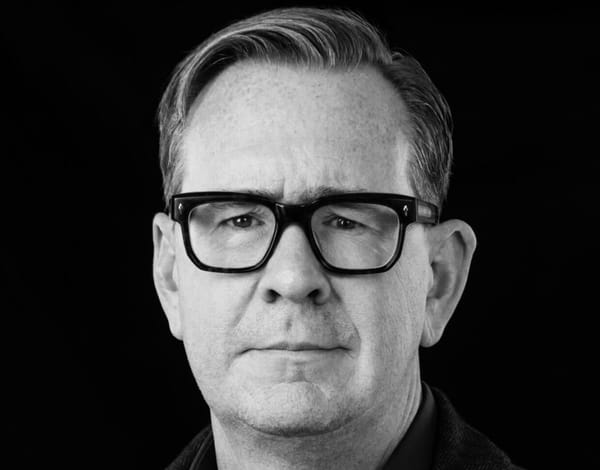
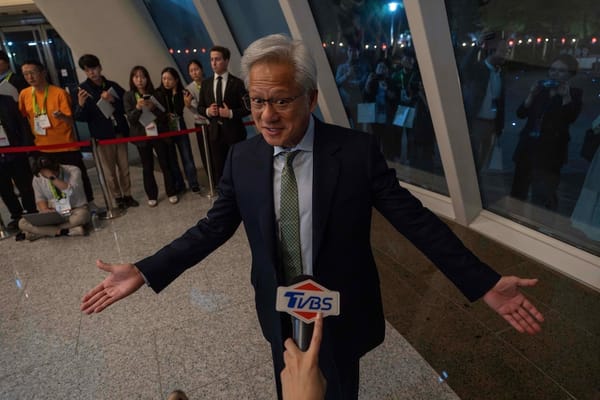
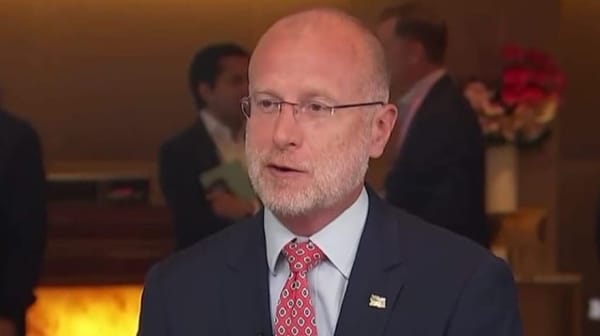

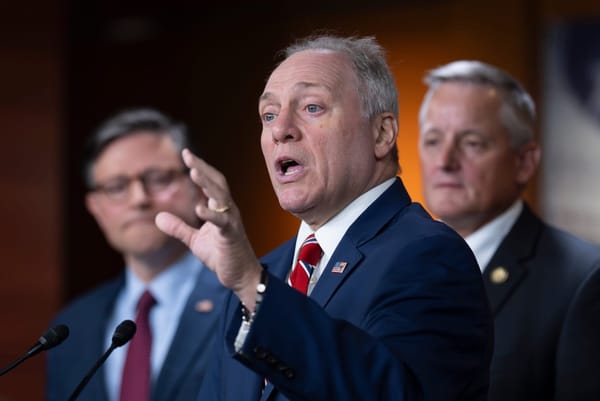

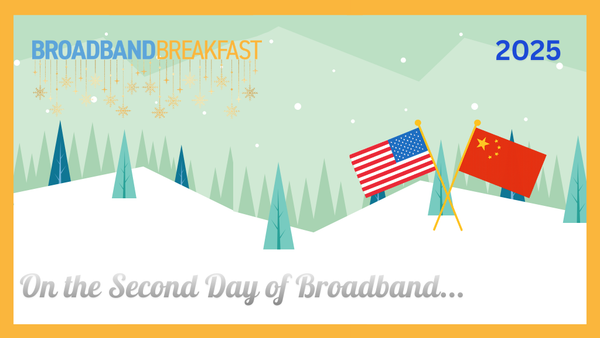
Member discussion